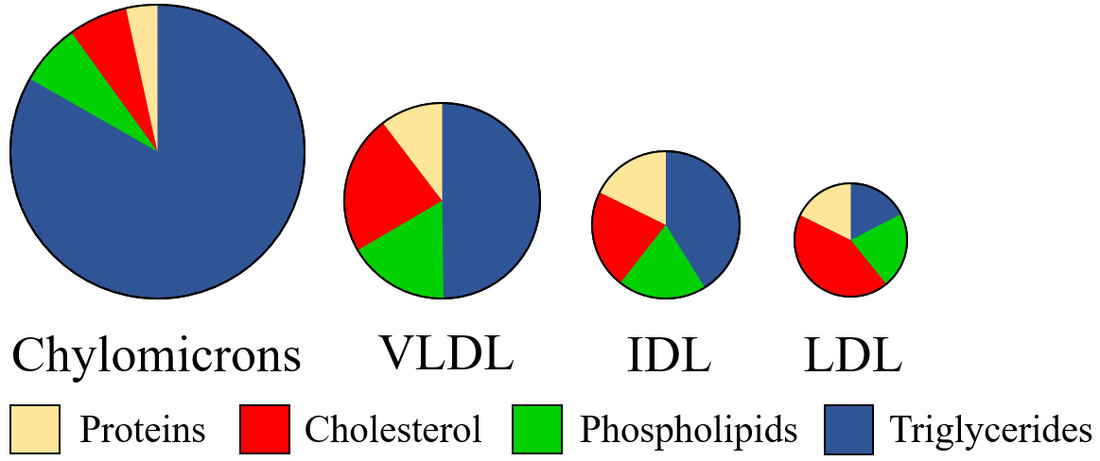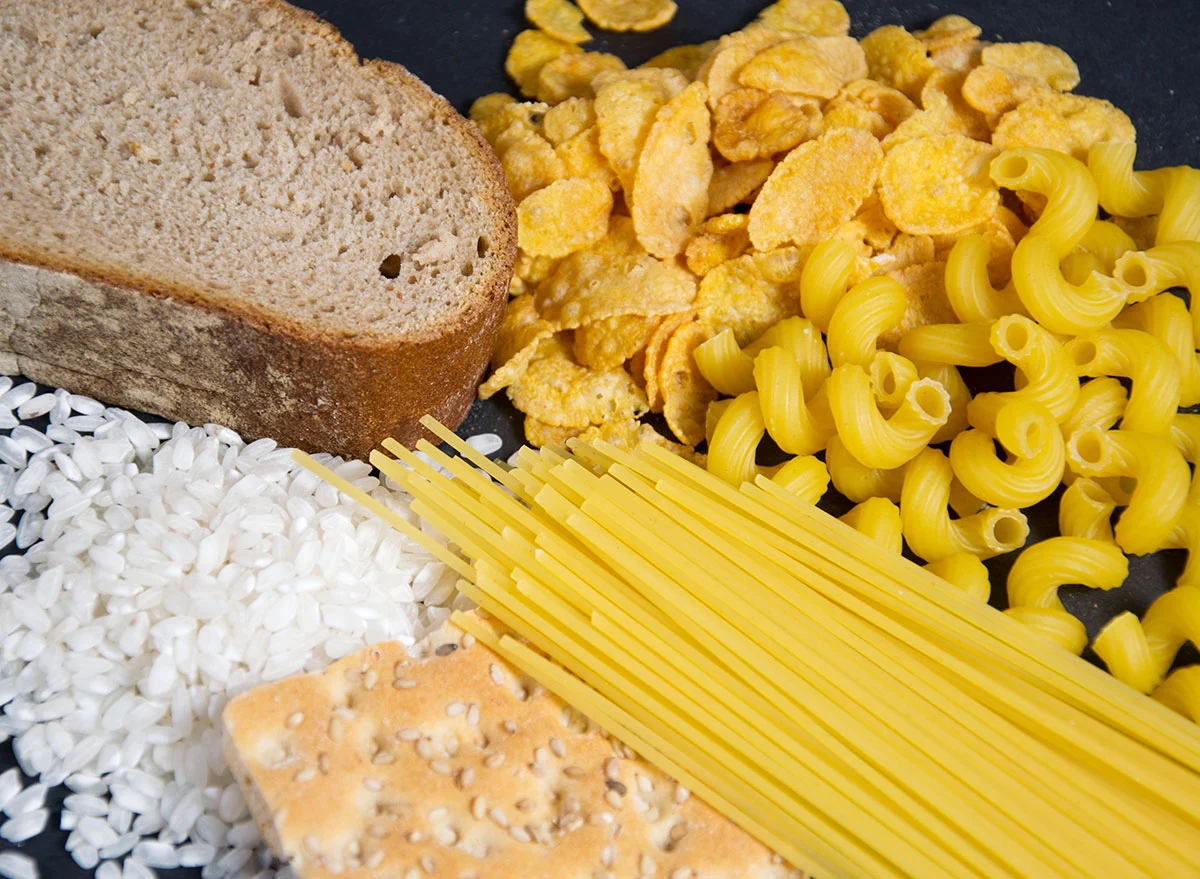
High concentrations of low-density lipoproteins (LDLs), particles that transport and deposit cholesterol as well as phospholipids and proteins, have been associated with increased risk of cardiovascular disease (CVD).1 In particular, LDLs which contain apolipoprotein B (apoB) as part of their cell structure, are also associated with the development of atherosclerosis.1(9.6) Thus, it is imperative to not only identify the presence and concentrations of apoB LDLs, but develop strategies to reduce the concentrations of said cholesterol transporters in the body. As such, the following will consider interventions to reach such an end.

Although the focus of this author’s post will be placed upon apoB LDLs due to their abundance, it should be noted that other cholesterol transporters to include chylomicron remnants (devoid of triglycerides and rich in cholesterol), very low-density lipoproteins (VLDLs), and intermediate-density lipoproteins (IDLs) also play a role.2(3) Most relevantly, all apoB-containing lipoproteins, as mentioned above, are centrally linked to the initiation, development, and propagation of atherosclerosis.2(4) Thus, interventions to reduce CVD risk must not only address a reduction in apoB LDLs, but all lipoproteins marked by the apoB structural protein.

As discussed in previous sections, apoB LDLs are a known cause of CVD. However, small/dense apoB LDLs are particularly associated to cardiovascular risk.1(9.6) Such has been supported by the findings of Kim et al3 which indicated that plasma lipoprotein profile accompanying a predominance of small/dense LDLs were associated with an increased risk of CVD. Furthermore, said findings were supported by case control studies of myocardial infarction (MI) and angiographically (medical imaging technique) documented coronary artery disease.3(120) Finally, small/dense apoB LDLs were closely correlated with high triglycerides, which could serve as a proxy/predictor of said LDLs.3(123)

Of particular interest from the research of Kim et al3(124) was the association between high triglycerides, small/dense LDLs, and carbohydrates; individuals who consumed larger quantities of said macronutrient tended to have higher concentrations of triglycerides and small/dense LDLs. The researchers hypothesized that free fatty acids produced in the liver from carbohydrate intake could potentiate the production of VLDLs; a precursor of small/dense LDL particles.3(124) As such, it is plausible that high carbohydrate intake (especially refined versions) is related to the expression of said cholesterol transporters through metabolic processes.

A systematic review and meta-analysis from Gjuladin-Hellon et al4 also considered the effects of a very low carbohydrate diet (VLCD) upon lipid markers such as triglycerides/total cholesterol/LDL cholesterol (LDL-C), and high-density lipoprotein cholesterol (HDL-C) concentrations. Results indicated that VLCDs improved cardiometabolic risk markers to include increasing HDL-C concentrations (involved in reverse cholesterol transport) while reducing triglyceride concentrations (high concentrations are highly correlated with the presence of small/dense apoB LDLs), with only a negligible effect on LDL-C and no effect on total cholesterol.4(177)
In conclusion, high concentrations of small/dense apoB LDLs, and the presence of high triglyceride concentrations, have been associated with the development of CVD. However, evidence suggests that the implementation of VLCDs can help reduce the presence of such risk factors in addition to increasing the concentrations of HDL-C. Such an approach, as part of a larger and more robust protocol, may help individuals suffering from CVD as well as those at risk for the same.
References
1. Pizzorno J, Katzinger, J. Clinical pathophysiology: A functional perspective. Coquitlam, BC: Mind Publishing Inc; 2012.
2. Shapiro MD, Fazio S. Apolipoprotein B-containing lipoproteins and atherosclerotic cardiovascular disease. F1000Res. 2017;6:1-8. doi:10.12688/f1000research.9845.1.
3. Kim OY, Chung HK, Shin MJ. Higher levels of serum triglyceride and dietary carbohydrate intake are associated with smaller LDL particle size in healthy Korean men. Nutr Res Pract. 2012;6(2):120-125. doi:http://dx.doi.org/10.4162/nrp.2012.6.2.120.
4. Gjuladin-Hellon T, Davies IG, Penson P, et al. Effects of carbohydrate-restricted diets on low-density lipoprotein cholesterol levels in overweight and obese adults: A systematic review and meta-analysis. Nutr Rev. 2018; 77(3):161–180. doi:https://doi.org/10.1016/j.atherosclerosis.2018.10.013.
-Michael McIsaac
